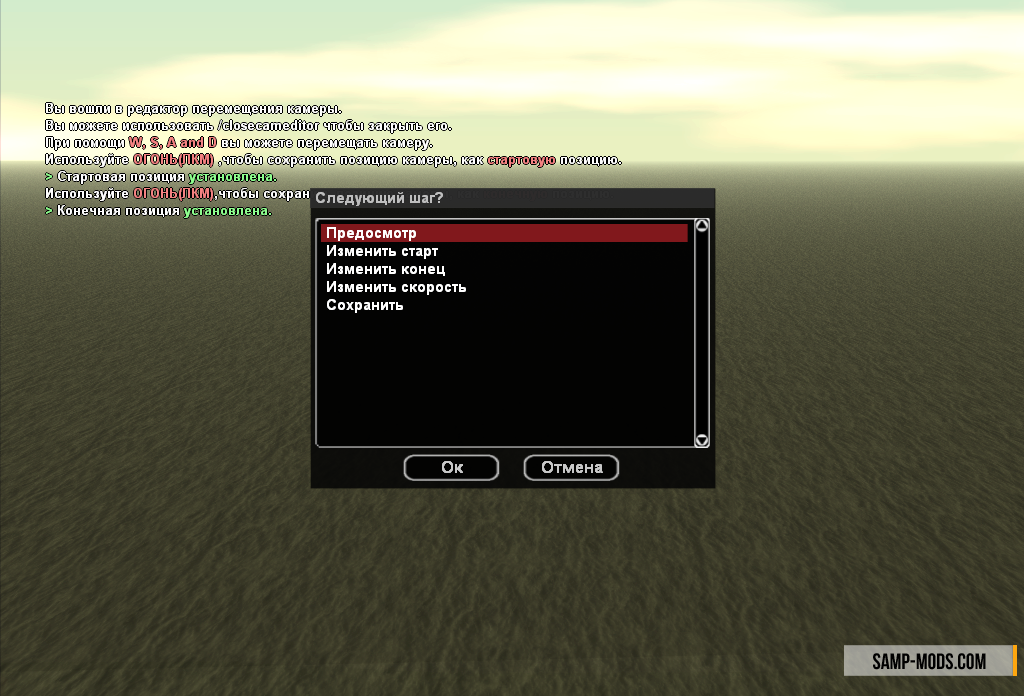
PEP 519, Adding a file system path protocol.PEP 515, Underscores in Numeric Literals.PEP 506, Adding A Secrets Module To The Standard Library.PEP 487, Simpler customization of class creation.PEP 468, Preserving Keyword Argument Order.The final source-only security fix release for 3.6 was 3.6.15 and the final bugfix release was 3.6.8.Īmong the new major new features in Python 3.6 were: See the downloads page for currently supported versions of Python. "This hymn is generally considered by hymnologists to be one of the most joyous expressions of hymn lyrics in the English language." It is also used as a Christian song for children.Note: The release you are looking at is Python 3.6.0, the initial feature release for the legacy 3.6 series which has now reached end-of-life and is no longer supported. Therefore this is a hymn of trust and joy and hope. These verses are simple expressions of common Christian feelings and desires in this present time-hymns of today that may be sung together by people who know the thought of the age, and are not afraid that any truth of science will destroy religion, or any revolution on earth overthrow the kingdom of heaven. The lyrics were first published in 1911 in Van Dyke's Book of Poems, Third Edition. He told his host that the local Berkshire Mountains had been his inspiration. He was serving as a guest preacher at Williams at the time.


Van Dyke wrote this poem in 1907 while staying at the home of Williams College president Harry Augustus Garfield. " The Hymn of Joy" (often called " Joyful, Joyful We Adore Thee" after the first line) is a poem written by Henry van Dyke in 1907 in being a Vocal Version of the famous "Ode to Joy" melody of the final movement of Ludwig van Beethoven's final symphony, Symphony No.

Ode an die Freude by Friedrich Schiller Ode to Joy


 0 kommentar(er)
0 kommentar(er)
